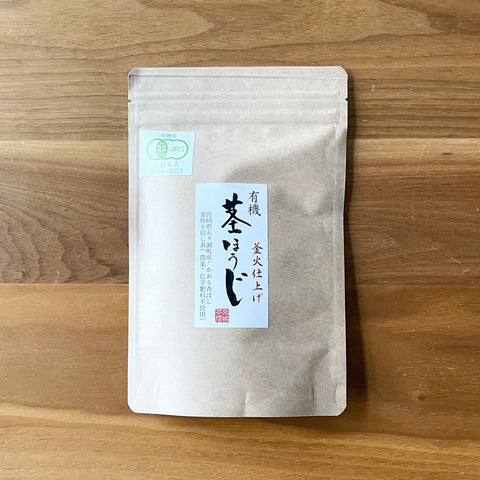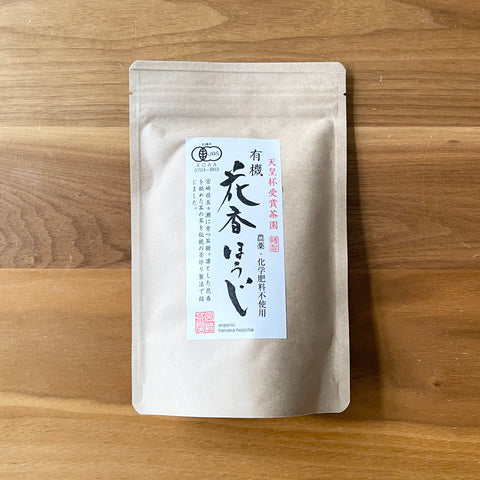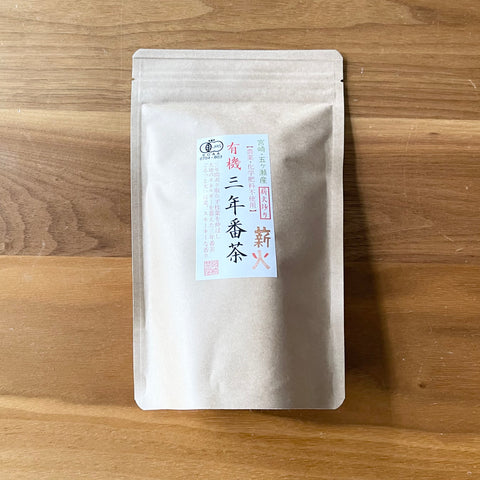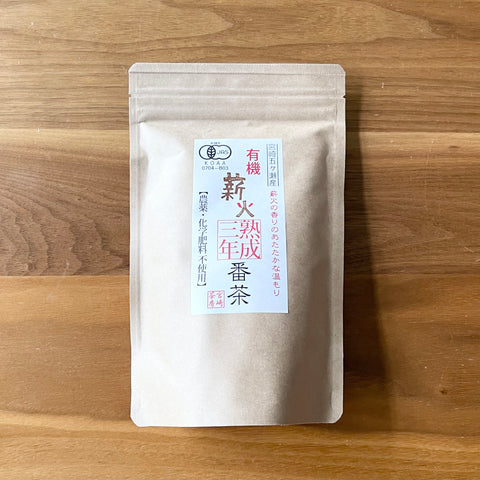-
 Gyokuro by Chiyonoen
Gyokuro by Chiyonoen
Sold Out -
 Organic Stem Hojicha by Miyazaki Sabou
Organic Stem Hojicha by Miyazaki Sabou
$ 22.00 -
 Organic Floral Hojicha by Miyazaki Sabou
Organic Floral Hojicha by Miyazaki Sabou
Sold Out -
 Organic 3 Year Aged Bancha (For Boiling) by Miyazaki Sabou
Organic 3 Year Aged Bancha (For Boiling) by Miyazaki Sabou
Sold Out -
 Organic 3 Year Aged Bancha (For Brewing) by Miyazaki Sabou
Organic 3 Year Aged Bancha (For Brewing) by Miyazaki Sabou
Sold Out -
 Organic Genmaicha by Miyazaki Sabou
Organic Genmaicha by Miyazaki Sabou
$ 25.00 -
 Nijiyura Tenugui, Trick or Treat
Nijiyura Tenugui, Trick or Treat
Sold Out -
 Nijiyura Tenugui, Happy Halloween, Orange
Nijiyura Tenugui, Happy Halloween, Orange
$ 24.00 -
 Nijiyura Tenugui, Happy Halloween, Green
Nijiyura Tenugui, Happy Halloween, Green
$ 24.00 -
 Nijiyura Tenugui, 12 Zodiac Animals
Nijiyura Tenugui, 12 Zodiac Animals
Sold Out -
 Nijiyura Tenugui, Ice Cream
Nijiyura Tenugui, Ice Cream
Sold Out -
 Nijiyura Tenugui, Star Festival
Nijiyura Tenugui, Star Festival
Sold Out -
 Nijiyura Tenugui, Dog Agility, Beige
Nijiyura Tenugui, Dog Agility, Beige
Sold Out -
 Nijiyura Tenugui, Dog Agility, Lime Green
Nijiyura Tenugui, Dog Agility, Lime Green
$ 24.00 -
 Nijiyura Tenugui, Sanma and Sudachi, White
Nijiyura Tenugui, Sanma and Sudachi, White
Sold Out -
 Nijiyura Tenugui, Cat and Mobile, Pink
Nijiyura Tenugui, Cat and Mobile, Pink
Sold Out -
 Nijiyura Tenugui, Cat and Mobile, Light Green
Nijiyura Tenugui, Cat and Mobile, Light Green
Sold Out -
 Nijiyura Tenugui, Drum
Nijiyura Tenugui, Drum
$ 24.00 -
 Nijiyura Tenugui, Guitar
Nijiyura Tenugui, Guitar
Sold Out -
 Nijiyura Tenugui, Piano
Nijiyura Tenugui, Piano
$ 24.00 -
 Premium Roasted Tea (Kamairicha) by Kai Seichaen
Premium Roasted Tea (Kamairicha) by Kai Seichaen
Sold Out -
 Premium Boucha by Ishida Chaya
Premium Boucha by Ishida Chaya
Sold Out -
 Hatudumi Sencha by Ishida Chaya
Hatudumi Sencha by Ishida Chaya
Sold Out -
 Kagayaki Sencha by Ishida Chaya
Kagayaki Sencha by Ishida Chaya
$ 32.00
























